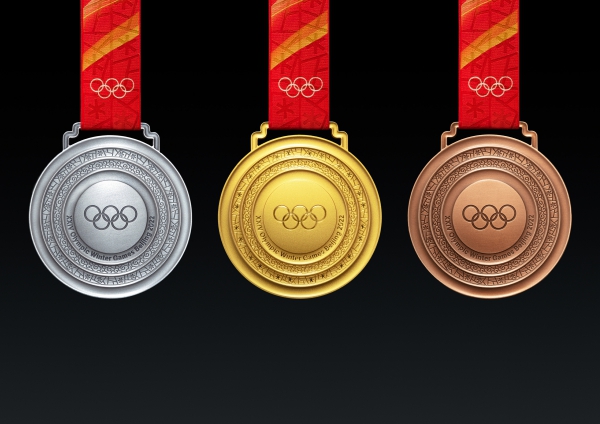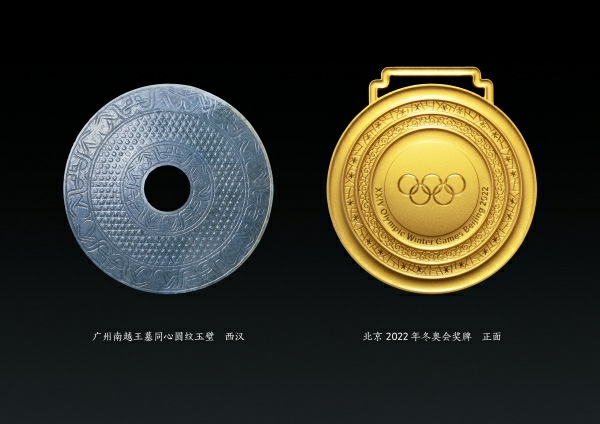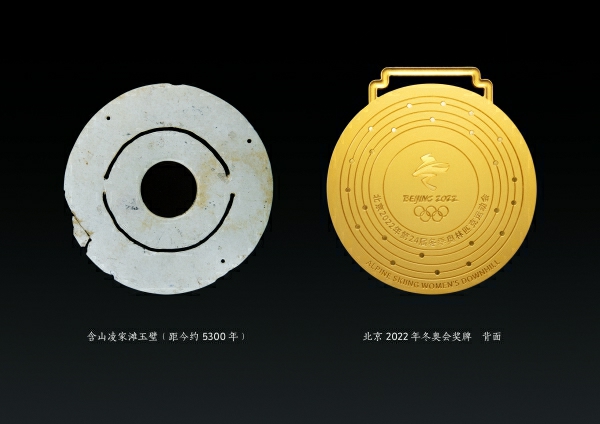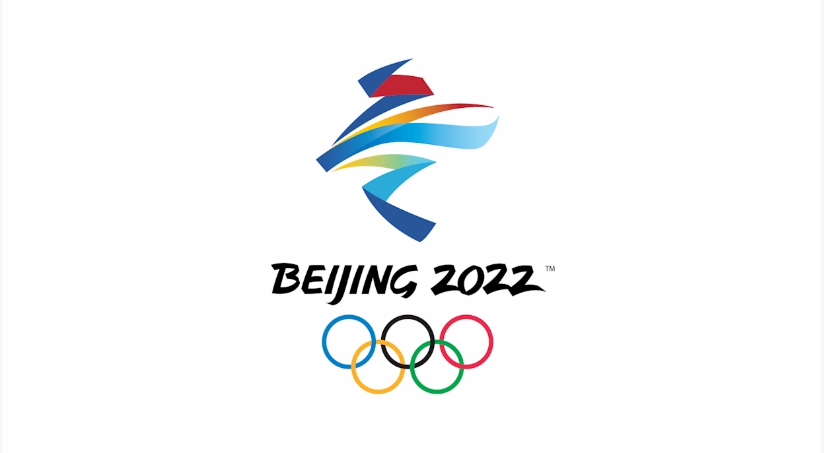The Olympic Winter Games Beijing 2022 will close on February 20 and will be followed by the Paralympic Games, which will be held from March 4 to 13. More than an event, the Games is also for exchanging goodwill and friendship. The design details of various elements such as the medals, emblem, mascots, uniforms, flame lantern and pin badges serve this purpose. Let’s take a look at these Chinese elements through the designs and the ingenious ideas behind them.
2022年北京冬奥会将于2月20号结束,接下来将于3月4号到13号举行残奥会。这并不只是比赛,还是一个友谊交流的机会。奖牌、会徽、吉祥物、制服、灯笼、别针徽章等的元素设计都是为此服务。接下来,让我们一起来看一看这些设计中的中国元素和背后的精妙想法吧。
Medals
奖牌



The front side of the Winter Olympic medals was based on the ancient Chinese jade concentric circle pendants, with five rings representing “the unity of heaven and earth and the unity of people's hearts”. The reverse side of the medals was inspired from a piece of Chinese jadeware called "Bi", a double jad disc with a circular hole in the center. There are 24 dots and arcs engraved on the rings of the back side, similar to an ancient astronomical map, which represents the 24th edition of the Olympic Winter Games and symbolizes the vast starry sky, and carries the wish that athletes achieve excellence and shine like stars at the Games.
冬奥会奖牌的正面是以中国古代同心圆吊坠为原型,上面有五个圆环,象征着“天地合,人心同”。奖牌反面的设计灵感来源于一见叫做“壁”的中国玉器,这是一种中间有圆形孔的双玉盘。背面的圆环上刻有24个点个运动弧线,类似于古代天文图,代表着第24届冬奥会,象征着浩渺宇宙,同时也暗示着北京2022年冬奥会和冬残奥会的运动员取得优秀的成绩,如璀璨的群星,发出耀眼的光芒。
Emblem
会徽

The Beijing 2022 emblem combines traditional and modern elements of Chinese culture, and embodies the passion and vitality of winter sports.
2022年北京冬奥会会徽结合了传统和现代中国文化元素体现了冬奥会的激情和活力。
Inspired by the Chinese character冬for “winter”, the upper part of the emblem resembles a skater and its lower part a skier. The ribbon-like motif in between symbolizes the host country’s rolling mountains, Games venues, ski courses and skating rinks. It also indicates that the Games coincide with the celebrations of the Chinese New Year.
灵感来源于中国汉字“冬”(冬天),
会徽上半部分是滑冰运动员的造型,下半部分是滑雪运动员的英姿。中间带状的装饰图案象征着东道国连绵起伏的山脉、运动会场馆、滑雪场和溜冰场。它同时还表明冬奥会和冬残奥会恰逢新春这一好时机。
The blue color in the emblem represents dreams, the future and the purity of ice and snow, while red and yellow – the colors of China’s national flag – present passion, youth and vitality.
会徽的蓝色象征着梦想、未来和纯洁的冰雪,而红色和黄色——中国国旗的颜色,代表着激情、年轻和活力。







